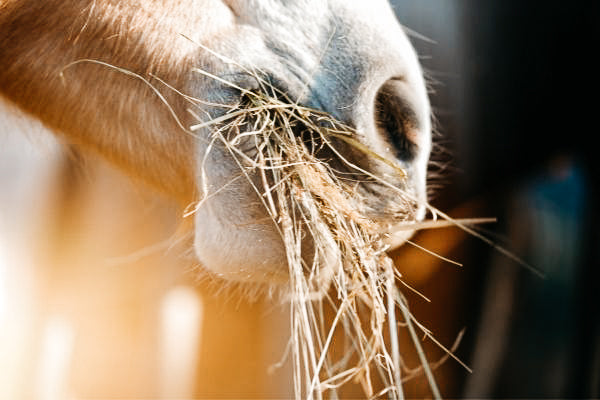
Gaited horses
Of course, every layman knows what one imagines a horse to be. But what exactly is a gaited horse? Doesn't every horse have gaits?
Of course every horse has gaits, but a gaited horse has more gaits than horses of other horse breeds. In addition to walk, trot and canter, there are usually two other gaits. Many gaited horses have tölt as their fourth gait, a gait that is very soft to sit and hardly causes any vibrations. For this reason many people also talk about the “sofa walk”. However, the names and also the gaits of gaited horses differ depending on the breed of horse it is.






